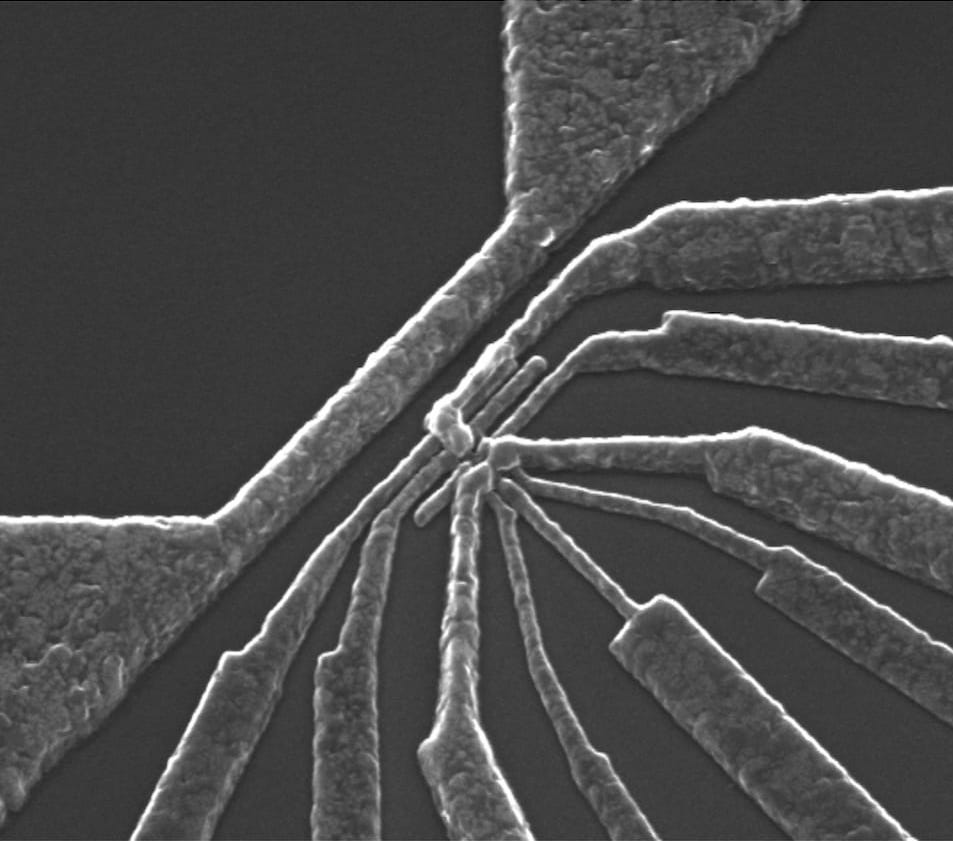Nanotechnology for Aerospace & Automotive
Aerospace applications for nanotechnology include high strength, lightweight composite materials, improved electronics and displays with low power consumption, variety of physical sensors, multifunctional materials with embedded sensors, high surface area materials and new filters and membranes for air pollution control, nano-materials in the tires and brakes, logic and memory chips, sensors, catalyst supports, adsorbents, actuators, etc.
Carbon nanotubes (CNT) is the most important of these. There are single-wall nanotubes (SWCNT) and multi wall carbon nanotubes (MWCNT). CNTs have proven to provide desired electrical properties of polymer composites. The applications in aerospace industry are through thermal barrier and wear resistant coatings, sensors that can perform at high temperature and other physical and chemical sensors that can perform safety inspection cost effectively.
Automotive applications for nanotechnology are lighter stronger materials (for better fuel consumption and increased safety), improved engine efficiency and fuel consumption for gasoline-powered cars (catalysts; fuel additives; lubricants, reduced environmental impact from hydrogen and fuel cell-powered cars, improved and miniaturised electronic systems, better economies (longer service life; lower component failure rate; smart materials for self-repair).
Back to top
 Image Courtesy A. Dzurak, University of New South Wales
Image Courtesy A. Dzurak, University of New South Wales